Fischbrötchen–Crusty German Fish Rolls
One day at Chicago’s French Market, while I was in the process of trying to recreate Fischbrötchen for this post, I saw a new shop with a sign that said “German Food Innovations.” I thought for a moment that I might have found everything I needed, a one stop German food shop.
As it turns out, the sign was for a new store called Vinegusto that basically only sells fancy vinegar. However, the husband and wife team running the store were friendly, and when I mentioned Fischbrötchen, I could see the husband’s eyes drift wistfully into memory. He spoke longingly of Nordsee, a popular chain of German restaurants selling seafood that are also known for their Fischbrötchen.
I picked his brain a bit–what kind of fish should I use? Rollmops or Bismarck Herring was his reply. What about remoulade, I heard that is used sometimes? Only for sandwiches with fishcakes or fried filets, he said. But where in Chicago should I go to find German specialties?
He didn’t know. He and his wife had only relocated here from California recently, and hadn’t got the lay of the land yet. I’d had a trip to Gene’s Sausage Shop in Lincoln Square in mind, and tried to tell him that it might be a good resource for him, but he needed to get back to work and I needed to get moving as well, so I bought a gift box of blackberry aperitif vinegar with a fancy piece of stemwear and went on to my office.
Brötchen, little German bread rolls (the word in fact is German for “small bread”), have come up on the site before, in last February’s discussion of German Butterbrot. My wife Mindy spent time in Germany as a child and remembers fondly the bread rolls she had there–crusty on the outside, soft on the inside, she’d cut them open and spread the insides with butter and jam or Nutella. She’s been talking about them as long as I’ve known her, though has not ever been quite motivated enough to seriously seek them out.
As I’ve said before, great sandwiches start with great bread, so I knew that getting the Brötchen correct would be the vital first step in recreating this particular German sandwich. Not to mention that it might score me a few points with my beloved.
My first attempt, based on this recipe, did not turn out well at all. The milk wash did not give the rolls the brown exterior I expected; the rolls did not rise well; and the flavor was not great. I don’t intend to blame the recipe there–the poor browning could have been my oven, and the poor rise could have been the temperature in my kitchen or from shaping the rolls improperly. The flavor could have been any number of things. But the resulting rolls were bad enough that I didn’t even photograph them.
My second attempt was based on this recipe for “Crusty European-style Hard Rolls” on the King Arthur Flour website and turned out better. They still didn’t rise quite as much as I’d have liked, but the same stipulations apply. They browned nicely, had the expected crackling crust, and the flavor was terrific.
I went ahead and made myself a couple of Fischbrötchen for lunch with these rolls, using smoked sprats,
German pickles,
and thin-sliced rings of red onion
I served the finished sandwiches on leaves of red lettuce, because I am fancy.
The sprats are an excellent quality tinned fish, nicely smoky but not overwhelmingly so, firm but easy to bite through without any noticeable bone presence, mildly salty and fishy but pleasantly so.
The pickles and onions were excellent accompaniments, and if the bread was a bit on the dense and crusty side, the fish held together well enough to work. These were great sandwiches.
I was destined to eat far worse in my pursuit of the Fischbrötchen. However, due to Mindy’s efforts in ordering parbaked frozen “real” Brötchen from an online vendor, I was able to enjoy the rest of them on good bread at least.
Pickled Fish
Pickled fish. PICKLED fish. Pickled. Fish.
OK, get a grip, Jim. It’s not like we’re talking about something truly scary and disgusting like lutefisk or hákarl, both of which you’ve expressed an interest in trying previously. Probably. It’s just fish that has been preserved in a murky, questionable-looking brine that won’t quite let you see what you’re about to get into. It’s just.. hurh.
Are these jars of fish really all that much weirder than tins of fish are though?
Maybe a little.
In the Fischbrötchen though, the pickled herring was quite attractive, brilliantly white-skinned with a contrasting blue-gray stripe down the length of the filet.
The flavor is… not my favorite, to be honest. But it’s not a horrible nightmare food either. If you’ve had pickled sausages or other pickled meats, you’ve had similar. The texture is smooth and firm, the flavor is more sour than salty, but not puckeringly so. The pickles were unnecessary–I think the sandwich might have been improved by removing them, buttering the roll, and doubling or tripling the amount of onion.
I’m pretty sure that Rollmops are essentially the same thing as Bismarck Herring, but rolled around a bit of pickled cucumber, making them even more pungent. Also making the gherkins completely redundant this time around.
Fried Things, otherwise known as The Good Stuff
On Saturday evening, I planned to meet some friends at the Goose Island brewpub on the north side of Chicago, so I took the opportunity to visit my old neighborhood, and pay my inaugural visit to Gene’s Sausage Shop.
Of course, back when I first lived in Lincoln Square back in the ’90s, and when I first moved my family there 10 years ago, it had been Delicatessen Meyer.
Delicatessen Meyer closed not long after we moved back into the neighborhood, and it didn’t reopen as Gene’s until shortly after we moved into the South Suburbs. Gene’s has been running in that spot for years, but I just hadn’t gotten around to trying it until now.
Gene’s is a Polish shop, but they’ve done a good job of keeping a lot of the German products available, as well as adding some other European and Scandinavian delicacies. The vibe is different, of course. Meyer was a dingy little German deli where you could pick up a Leberkäsesemmel mit Meerrettich Senf while brushing up on your Deutsch by eavesdropping conversations. Gene’s is bigger, cleaner, and a lot fancier. You can still get a Leberkäse sandwich with horseradish mustard, but you’re paying twice as much, and the only German you’re likely to hear while browsing the place is if you walk by a couple of septum piercings playing namecheck ping pong. “Kraftwerk!” “Einstürzende Neubauten!”
The sandwich is every bit as good though. And yes, I am old.
I went there to try and find a tube of German-style remoulade, Thomy brand or whatever I could find, and to see if I could pick up any tips and/or ingredients for making German-style fish cakes.
The remoulade was there
and so were the fish cakes.
So were lemon/ginger gummis, salt licorice, potato sausages, and a number of other treats I don’t normally see at the stores in my neck of the woods. I left with quite a large sack full of goodies.
At Goose Island, I ordered their fish & chips, setting one fried fish filet aside for use in a Fischbrötchen later. I also managed to successfully avoid drinking any beer or liquor, as I’m taking a bit of a break on that front. I opted instead for Goose Island’s tasty Spicy Ginger soda and a couple mugs of coffee. Yet somehow I still managed to look like a drunk idiot when the cameras came out.
When I got around to making the remaining sandwiches, I opted to leave the gherkins out, as remoulade often contains tart elements such as cornichons or capers. I needn’t have bothered. German remoulade is quite dull.
This was my leftover filet from fish & chips at Goose Island. The fish was fried well, quite moist on the inside with a thin though sturdy breading that maintained its shape well. With the onion, lettuce, and remoulade, it made a really very good fish sandwich, though again, the pickles would have made up somewhat for the blandness of the sauce.
The fishcake sandwich, though, was my favorite of the bunch. The fish cake is a dense, moist concoction of fish, potatoes, onions, carrots maybe? and seasoning, coated in bread crumbs and gently fried. It holds together nicely but flakes off easily to fork or tooth. The flavor seems precision-targeted to be complimented by the remoulade, which was itself elevated by the fish cake. I made another sandwich, using twice the remoulade, twice the onions, and adding gherkins back into the mix.
This was it. This was as good a sandwich as I was possibly going to get out of the pursuit of the Fischbrötchen. One perfect central ingredient, with great bread and the precise condimentation needed to elevate the whole.
If I ever make my way to Germany, and I’m having lunch at Nordsee, I know what I’m ordering. And I’m sorry, it won’t be Rollmops.

I like sandwiches.
I like a lot of other things too but sandwiches are pretty great


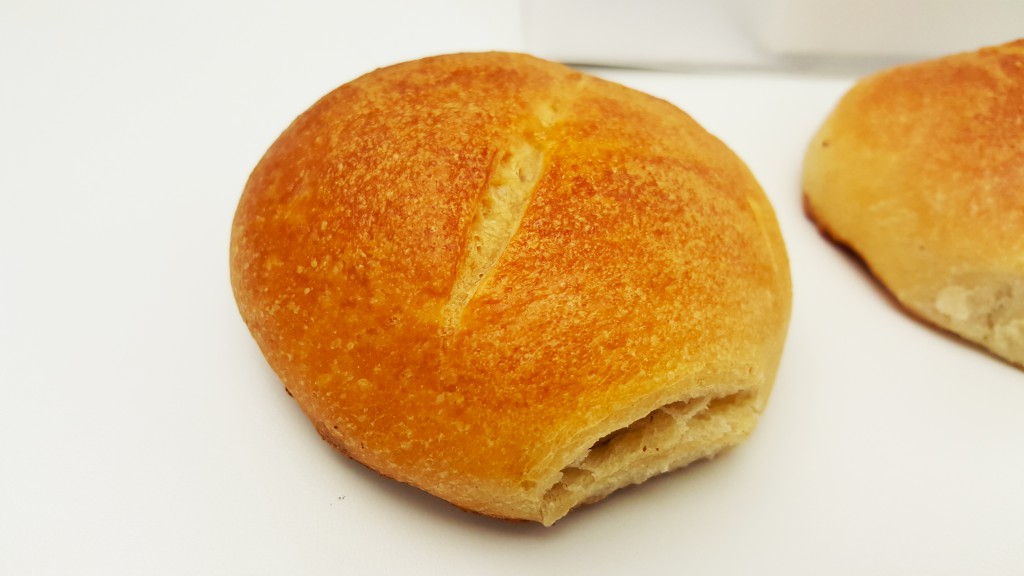
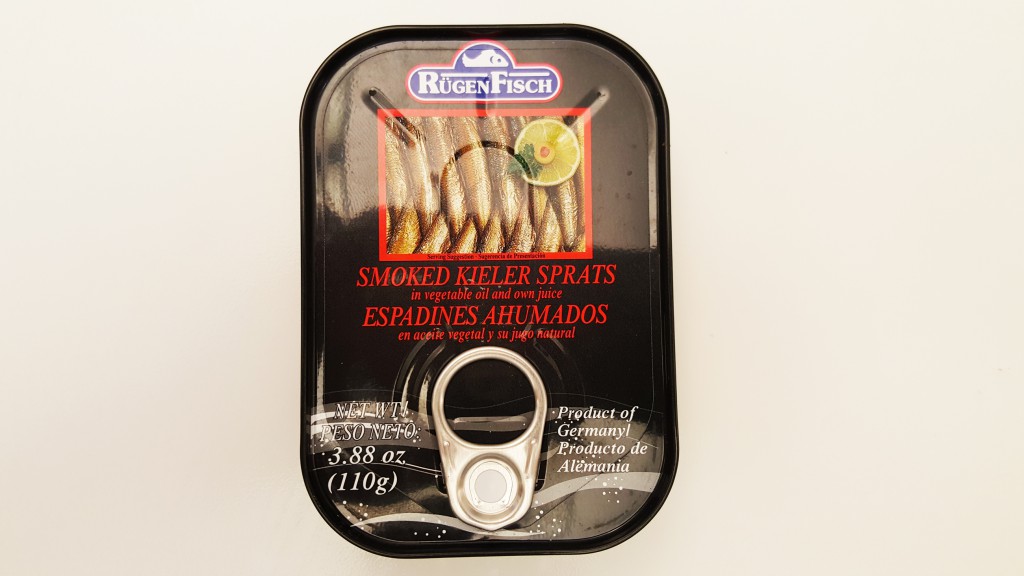
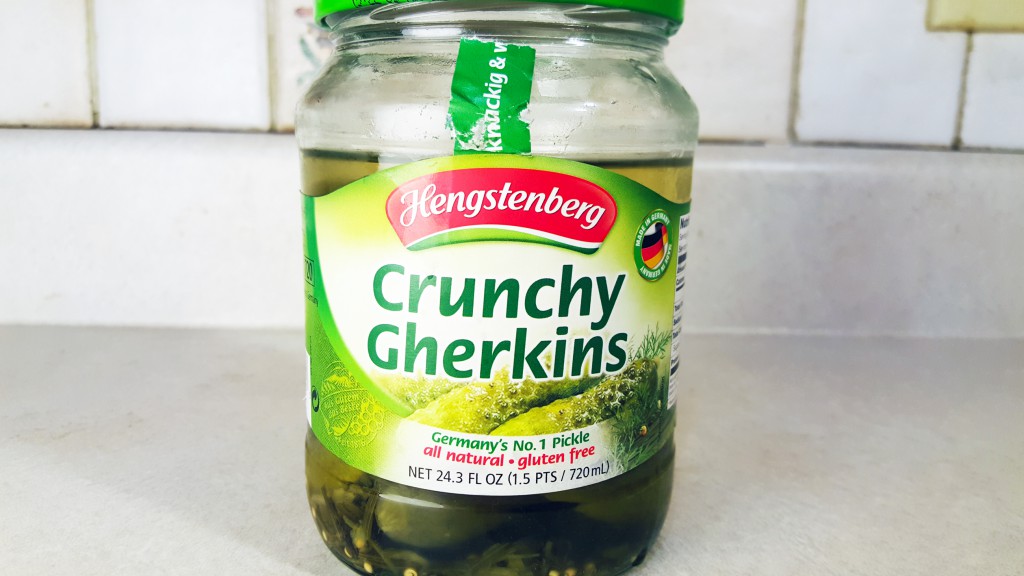
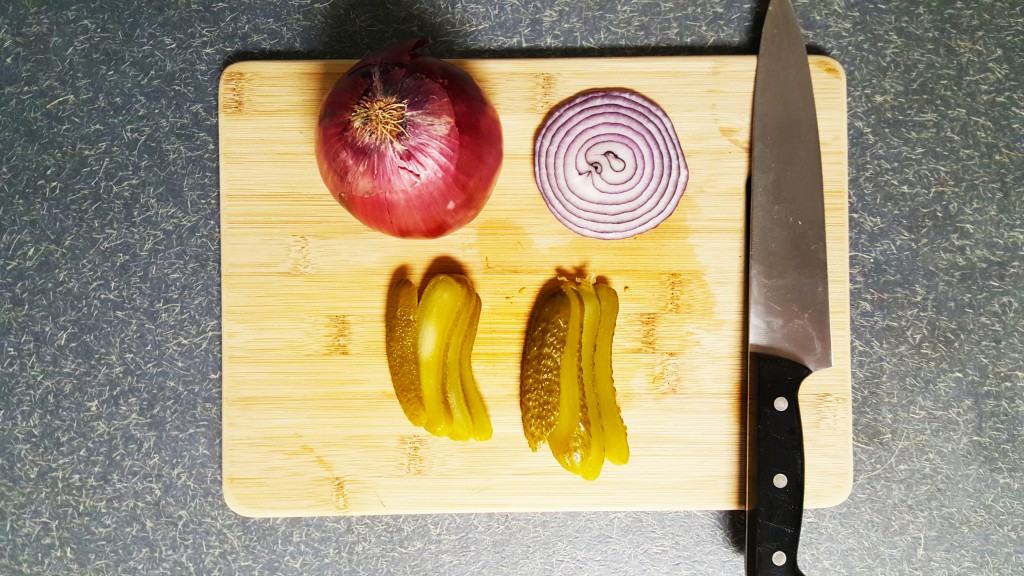
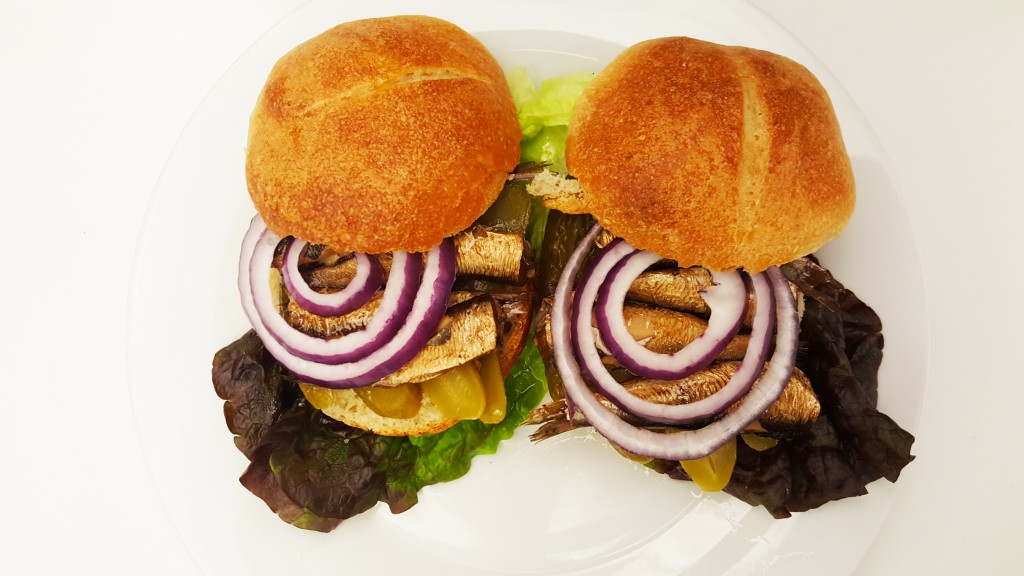
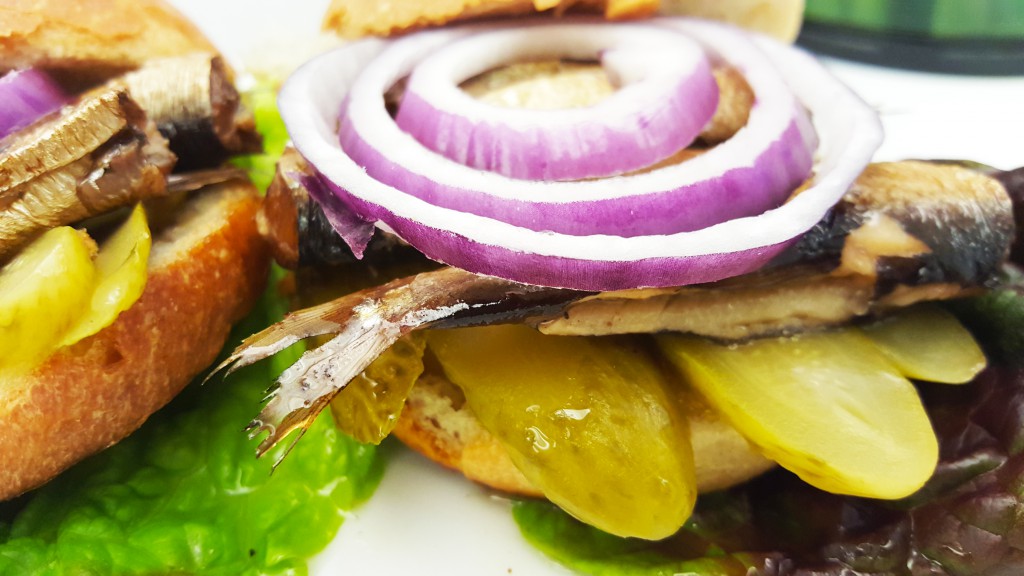
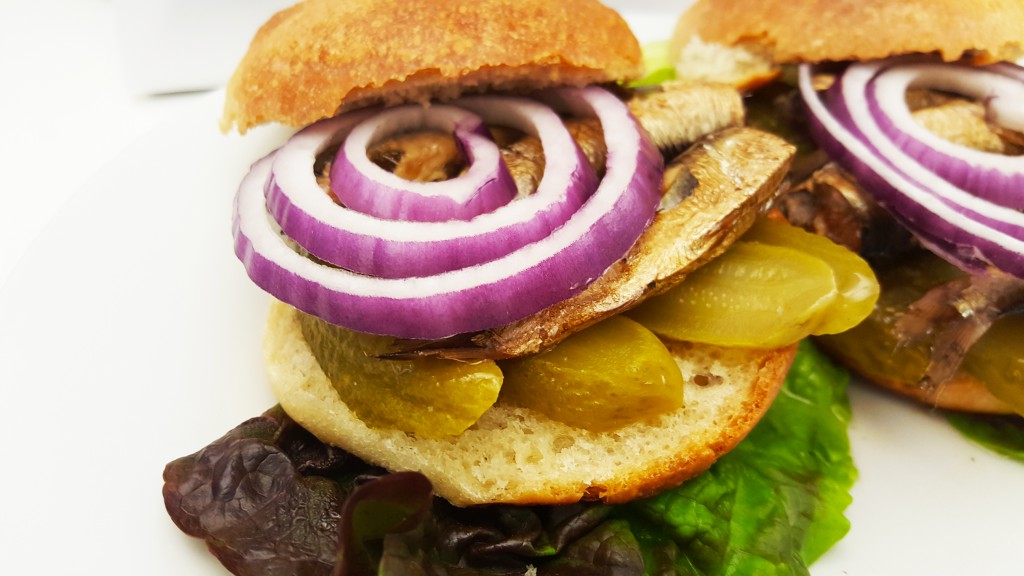
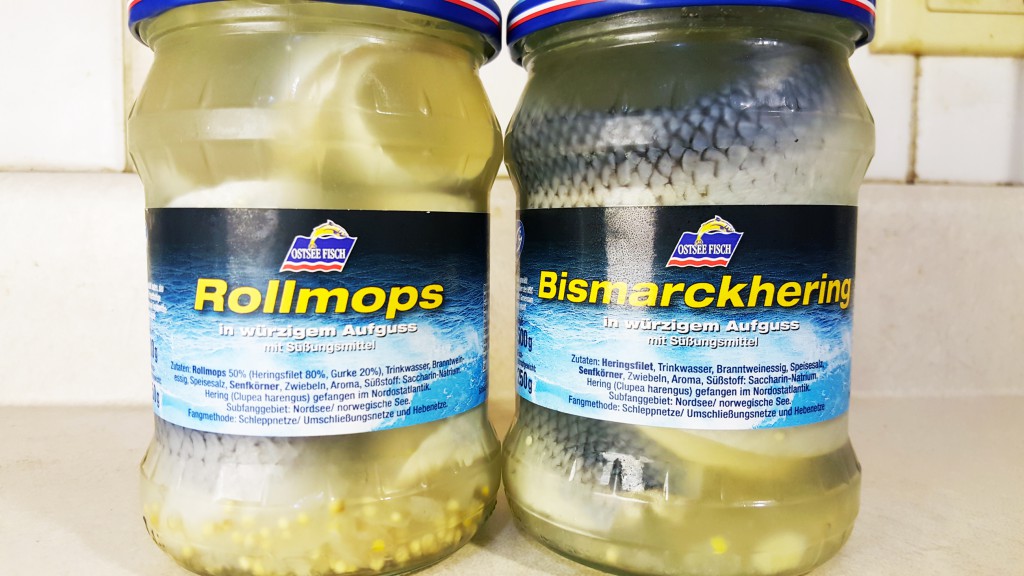
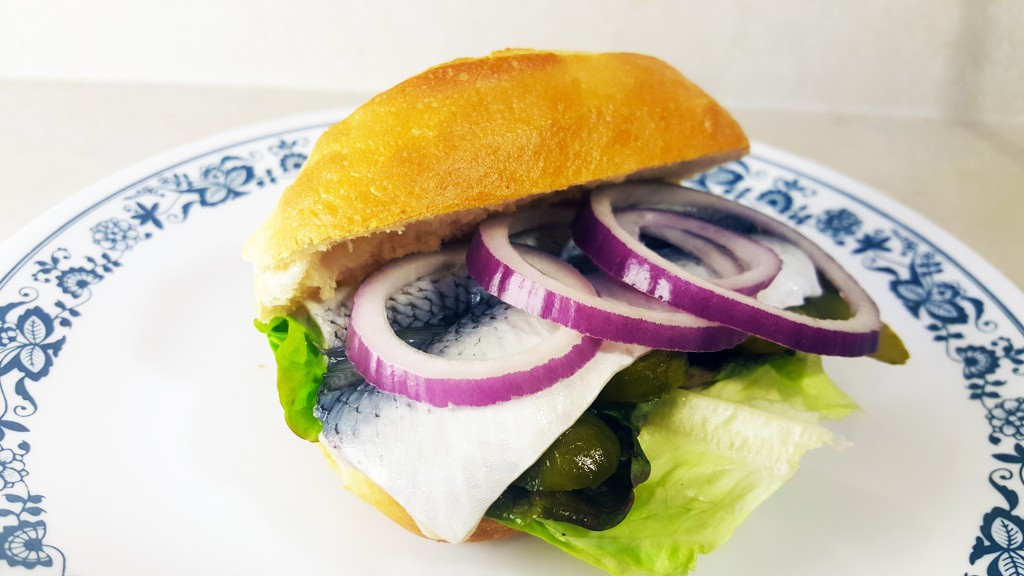
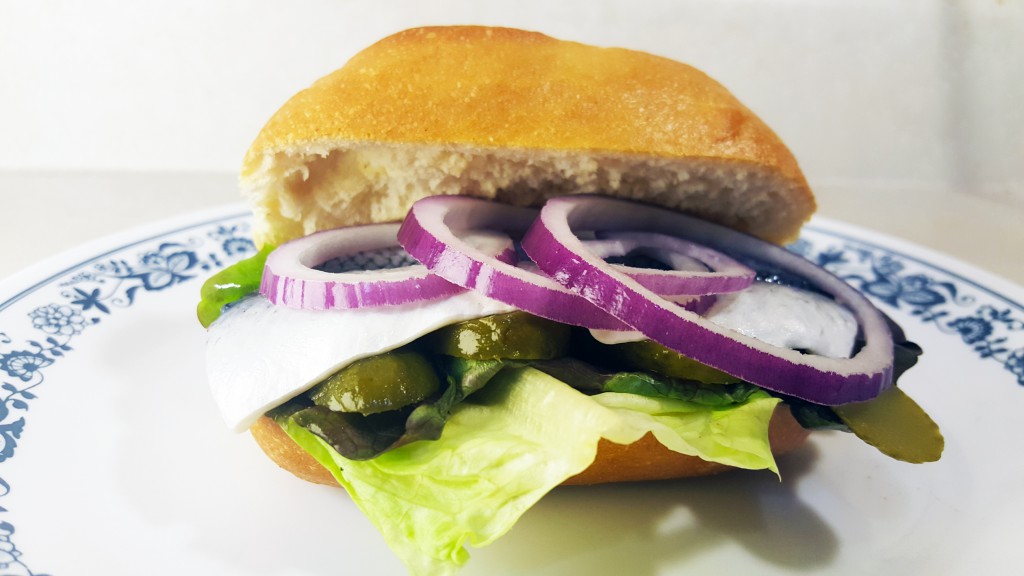
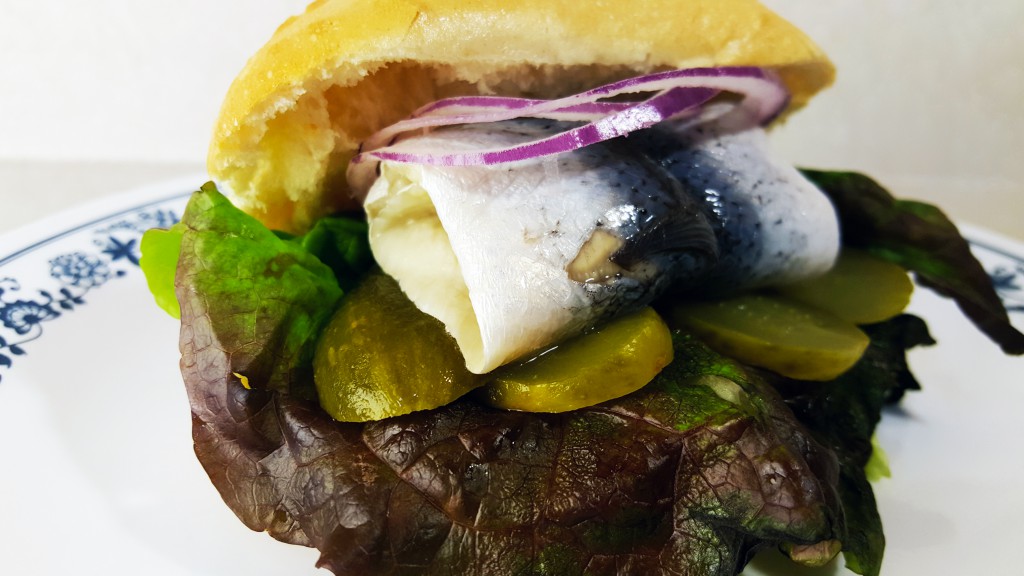

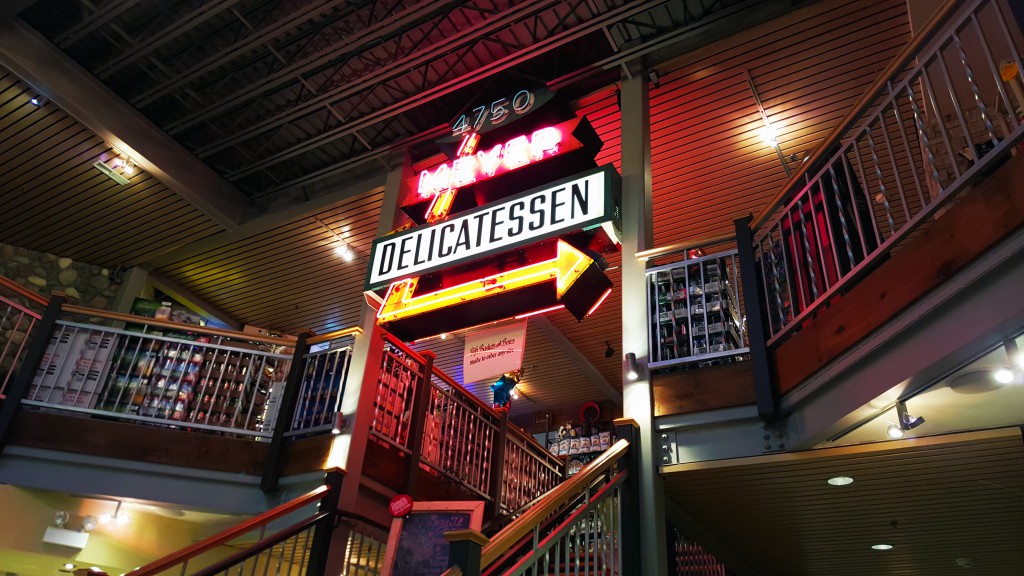
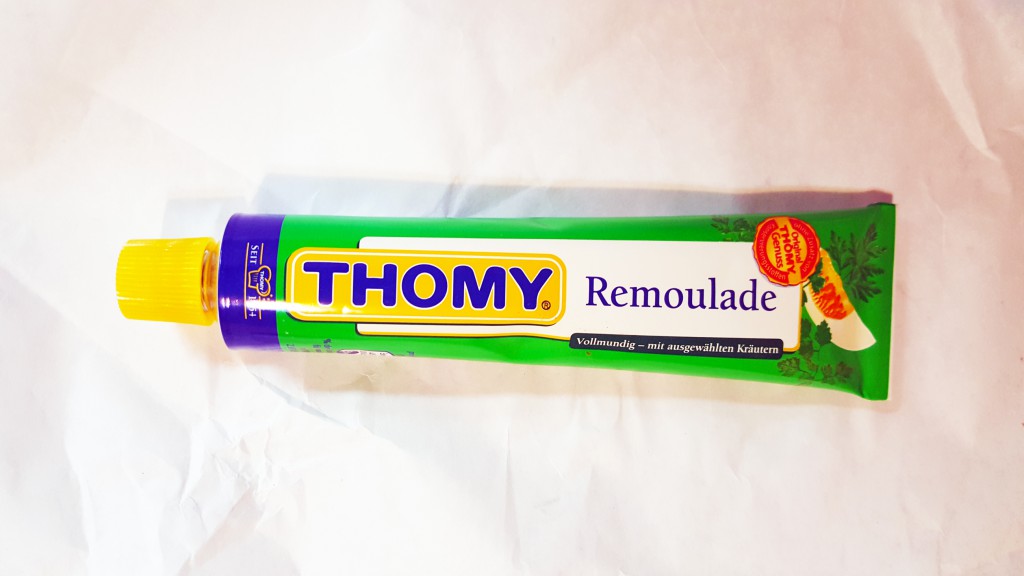
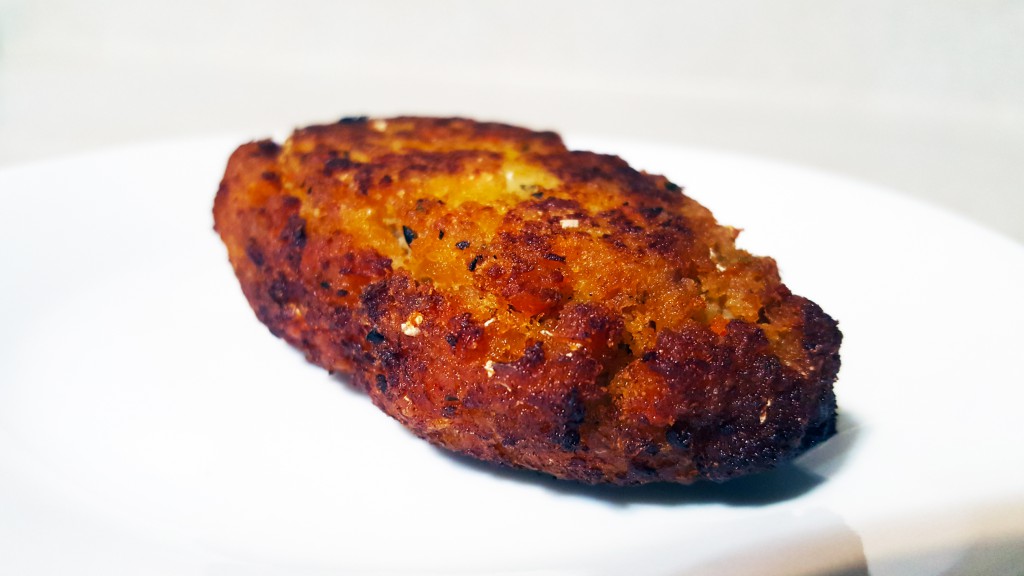

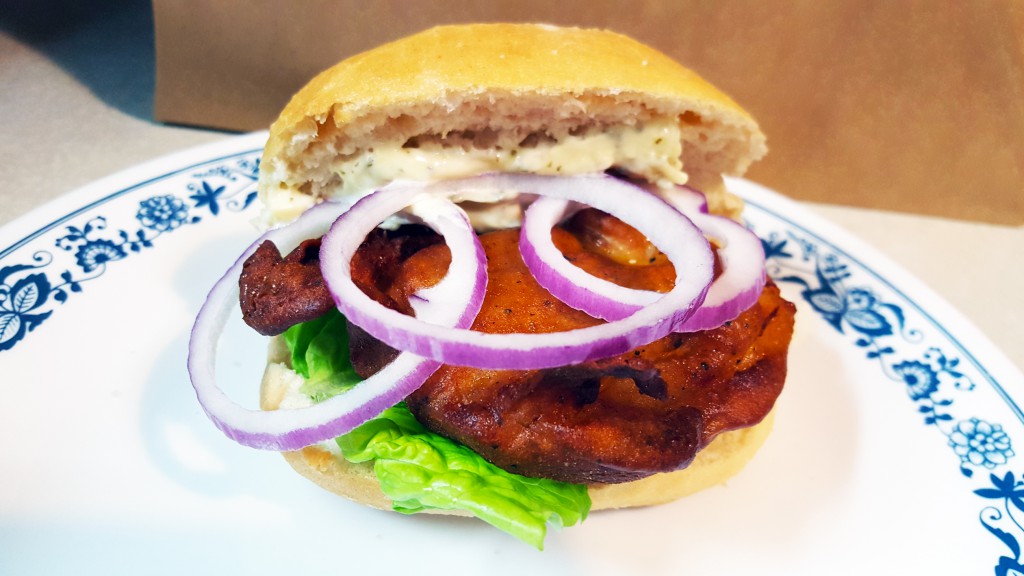
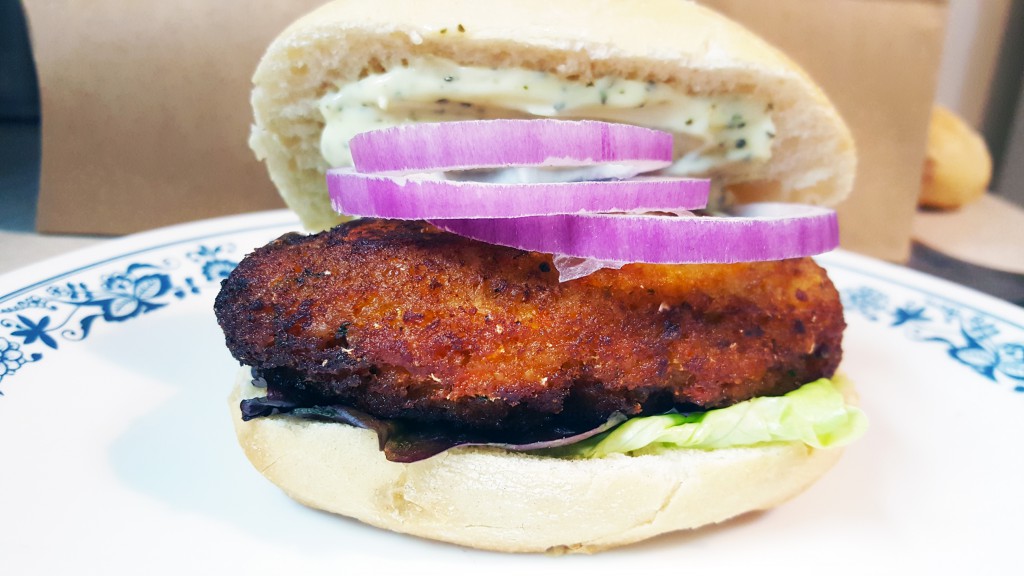
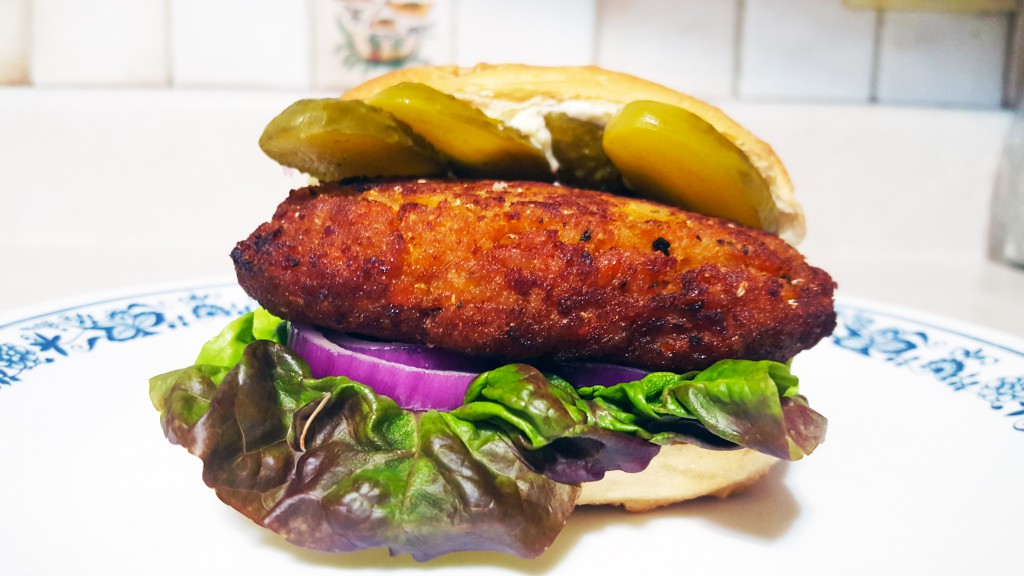



Jim, I didn’t know you had issues with pickled fish. It means that the next time I make a batch I’ll have to write you up something about the classic Cape Malay dish, pickled fish. This guy (a prominent Cape Malay chef) is serving it in a plate as you would in a restaurant, but it’s usually served on brioche: http://www.marthastewart.com/336956/south-african-pickled-fish
I didn’t know either until I saw those murky-ass jars.
And I’d love to have you write something up for the site if you’re game! I need to make your chakalaka recipe again soon!
Having grown up in Northern Germany I can completely understand the nostalgia towards “Nordsee” Fischbrötchen! They have franchises all over Europe, but sadly I’ve moved hemispheres and can only dream of biting into a Fischbrötchen until my next family visit.
If you ever find yourself in a “Nordsee”, my recommendation would be to go for a Matjeshering (fermented), instead of a Bismarckhering (pickled). Although similar, the buttery texture and flavour of a Matjes are simply amazing – I’m salivating here just thinking about it!
Hi, where did you get the jars of Rollmops and Hering? Did you buy them here in the US? I‘m desperate for fischbrötchen but can‘t find the right pickled fish anywhere!